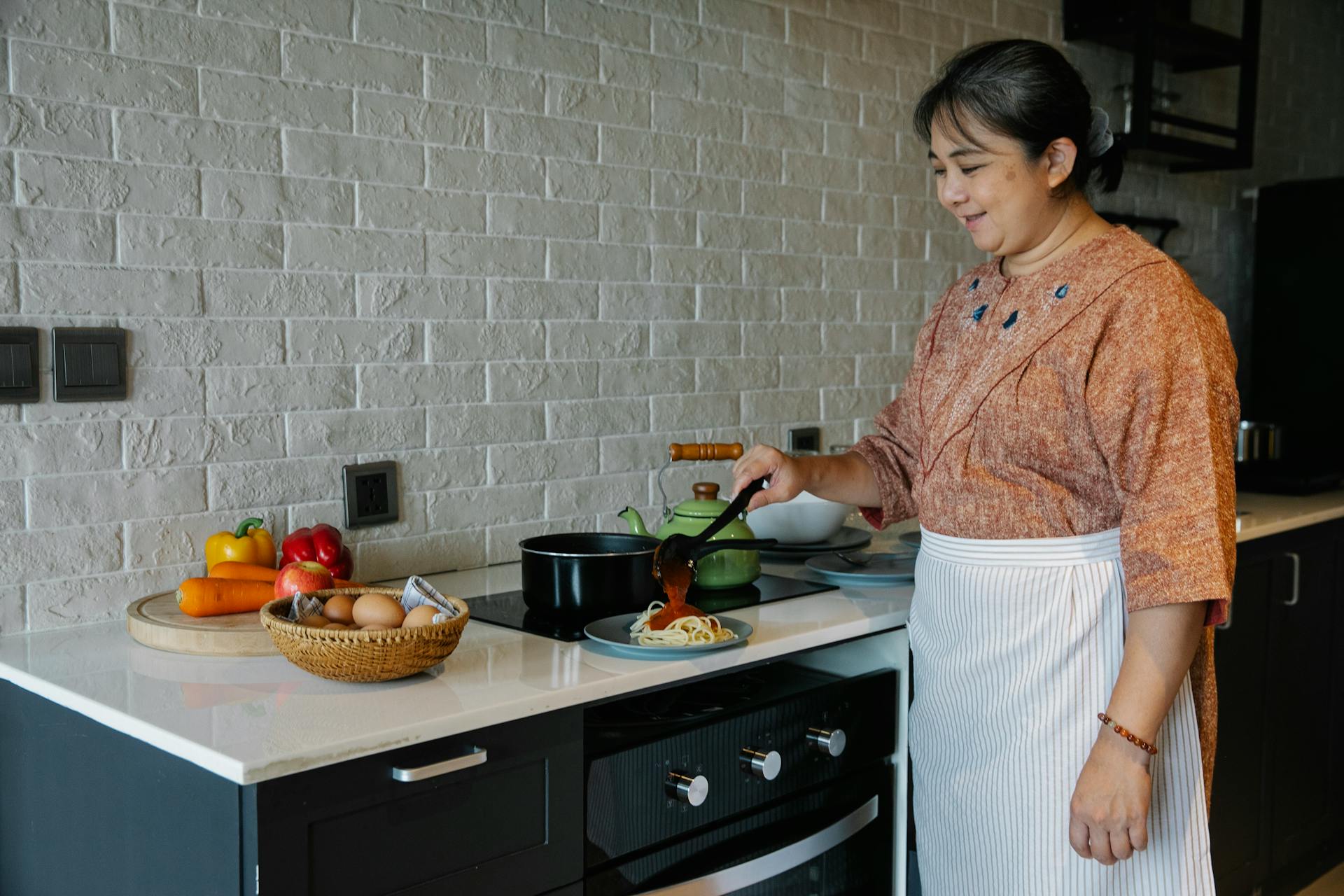
Highlights
- A traditional Korean bulgogi sauce is basically a marinade for meats.
- The sauce is used to marinate meat cuts like thin slices of beef, pork or chicken.
- Bulgogi sauce is also great as a dipping sauce for potstickers. You can also use it as a sauce when making stir-fry, or in lettuce wraps.
Since the rise of K-pop and K-drama, the rise and love for Korean Food is also always on the rise. Korea is innovative in every way and shape, from the way they present their artists in groups, to the storylines of their dramas. The same innovation is also found in their amazing recipe.
In this blog, we will be learning everything about bulgogi sauce. We’ll be sharing the best bulgogi sauce recipe with you. This sauce is so umami and versatile that you can experiment and try combinations for a lot of Korean foods.
What Is Bulgogi Sauce?
A traditional Korean bulgogi sauce is basically a marinade for meats. Beef cuts and Pork are primarily the main dishes in which the Bulgogi sauce adds the umami flavor. The ingredients for a Bulgogi sauce recipe is easily available from your nearest asian grocery store. It uses soy sauce, sugar, sesame oil, garlic and other flavor enhancing ingredients.
Plus, the sauce is not only there to add flavor, but it also has a secret use to it. The sauce tenderizes the meat, making it almost melt in your mouth when you eat it. The rich infuse of flavors with the soft and smooth textures make it a complex and delightful addition to any dish, especially meats.
Bulgogi Sauce Recipe
Bulgogi Sauce particularly pairs well with thin, well-sliced beef slices. Our focus today is however on the actual sauce itself. Without wasting anymore time let us get into the main ingredients for the dish.
Before heading into the ingredients, we must tell you that this recipe uses Korean Gochujang. Gochujang is a fermented chili paste made of spicy korean chili peppers. The bulgogi sauce recipe really needs the chili paste and you don’t need to worry! You can easily find this paste in most Asian Grocery Stores or you can get it online from one of those Korean import websites.
List Of Ingredients:
- Soy Sauce
- Gochujang – Korean fermented chili paste
- Rice Wine Vinegar
- Sesame Oil
- Honey – or use Brown Sugar
- Ginger
- Garlic
- Red Pepper Flakes
- Black Pepper
- Spicy Fresh Red Pepper – Optional, but adds a great flavor and heat profile. Only opt for this if you can handle the spice. A good bird’s eye pepper does the trick.
Bulgogi Sauce Recipe: Step-by-Step Guide
- In a bowl add the following ingredients – soy sauce, gochujang, vinegar, sesame oil, honey or brown sugar, ginger, garlic, red pepper flakes, black pepper, a pinch of salt if you’d like. The additional minced fresh chili pepper is optional.
- When all the ingredients are in the bowl, whisk, whisk, and whisk!
- And you won’t believe it, but that is basically all that is there in the bulgogi sauce recipe. Your bulgogi marinade is done!
Beef Bulgogi Recipe
Now that you know how to make the Bulgogi Sauce recipe or the marinade, pick up some good thin slices of beef from the market. Let us learn how to make Beef Bulgogi from our bulgogi sauce recipe.
- Marinate your meat. We chose nice thin slices of beef steak, you can also use pork or chicken. Marinade the meat for at least 30 minutes or overnight (best option! Really brings out all the flavor)
- Stir fry or grill your meat when you’re done marinating. Grill and cook evenly on all sides. Make sure to not burn your meat in this process. The sauce tenderizes the meat so it cooks quickly and evenly.
- When the meat is done, garnish it with some green onions and sesame seeds.
Voila, your beef bulgogi is also done! To truly enjoy it the Korean Way, have it in some perilla leaves or with a nice hot bowl of cooked rice.
You can also have this as a snack, with some good baekju! (beer)
Tips For Your Bulgogi Sauce Recipe
- Use high quality ingredients. For produce, use fresh produce – such as garlic and ginger.
- Give time to marinate the meat. The longer the marination time, the more flavor absorption into the meat.
- If you don’t like it too spicy, then you can alternate the gochujang with pear sauce. Use a little more chili pepper flakes and cut down on the honey. This will give you a sweeter savory bulgogi sauce.
- You can store the bulgogi sauce in an airtight container for up to a week.
- Bulgogi sauce is also great as a dipping sauce for potstickers. You can also use it as a sauce when making stir-fry, or in lettuce wraps.
- You can mix some mayonnaise and bulgogi sauce to create a spicy, creamy and savory sandwich spread.
Now you are ready to venture into the world of Korean cuisine. Mastering one of the basic sauces in Korean dishes, you can try and experiment your hands at other savory Korean dishes that leave us drooling both when served in real life and K-dramas!

Speak Your Mind